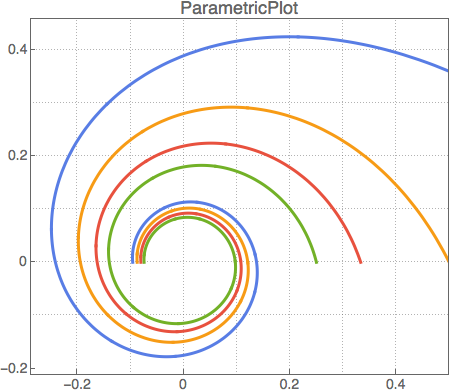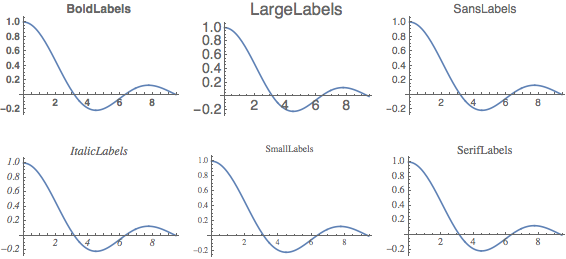

In the above example, we didn’t even need to enter a plot range Wolfram|Alpha picked the plot range that best suits the graph. We can easily see that this is the same as the Cartesian equation y = 1 – 2 x + x 2. Try to make a parametric plot of ( x( t), y( t)) = (1- t, t 2). Here are some examples of 2D parametric plots to try in Wolfram|Alpha. What is the difference between a polar and parametric plot? Parametric coordinates specify points ( x, y) in 2D with two functions, ( x, y) = ( f( t), g( t)) for a parameter t. Now that you have seen some great examples of polar plots, let’s move on to parametric plots. Wolfram|Alpha can also handle more complicated inputs, like r(θ) = exp(cos(θ) – 2 cos(4θ) + sin (θ/12)^5: By clicking the dog-ear in the bottom left of the images and then “Copyable plaintext”, you can see the Mathematica code used to generate the plots. Want to know how to graph this in Mathematica? We can easily extract the Mathematica code for this plot right from Wolfram|Alpha. Or we can get a little fancier and plot a polar rose with eight petals. Making a polar plot in Wolfram|Alpha is very easy for example, we can plot Archimedes’ spiral.

To generate a polar plot, we need to specify a function that, given an angle θ, returns a radius r that is a function r(θ). The following diagram illustrates the relationship between Cartesian and polar plots. For example, the Cartesian point ( x, y) = (1, 1) has the polar coordinates ( r, θ) = (√2,π/4). In this post, we will look at 2D polar and parametric plotting.įor those of you unfamiliar with polar plots, a point on a plane in polar coordinates is located by determining an angle θ and a radius r. In my last blog post on plotting functionality in Wolfram|Alpha, we looked at 2D and 3D Cartesian plotting.


 0 kommentar(er)
0 kommentar(er)
